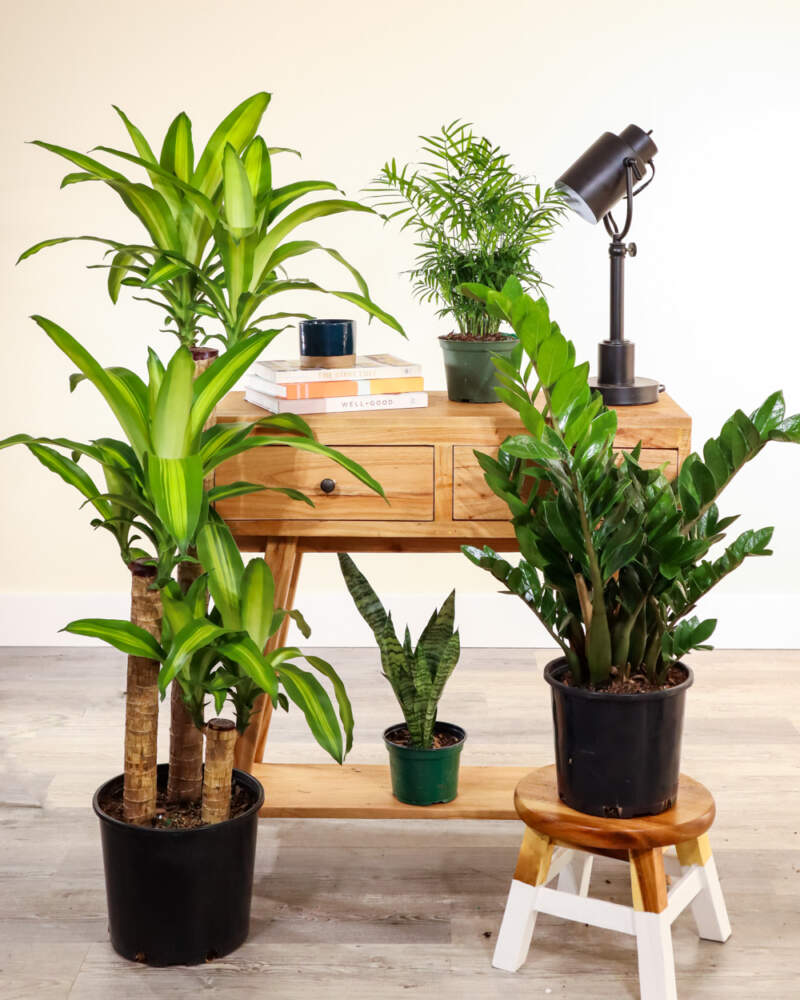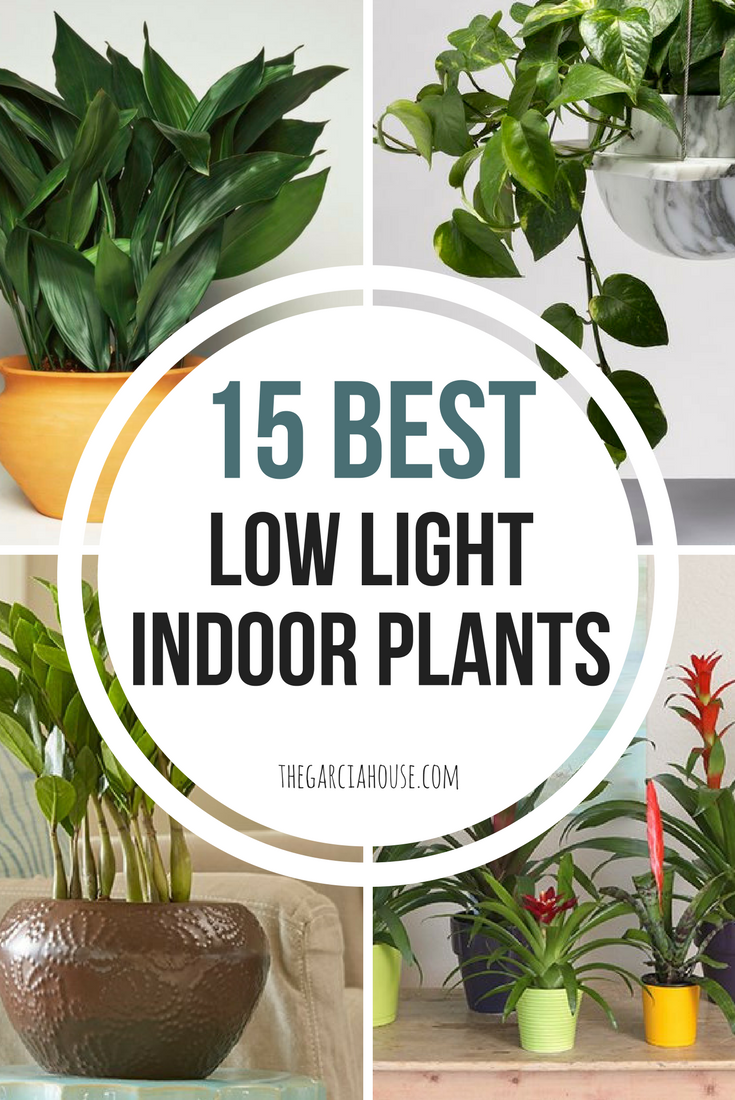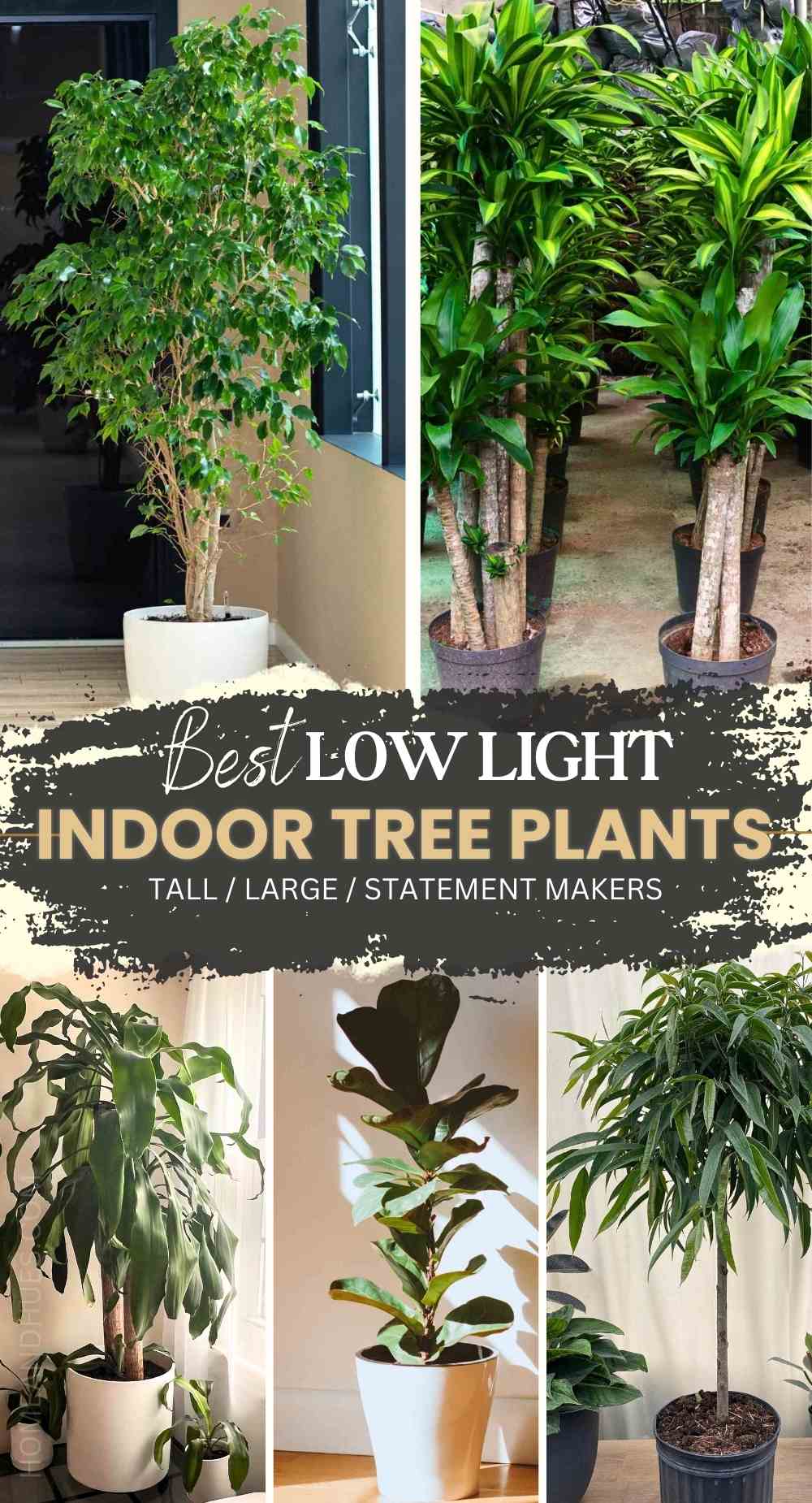Check Out the Unique Benefits of Low-Light Indoor Plants for Your Living Area
Incorporating low-light indoor plants right into your living space supplies a multitude of benefits that extend much past mere appearances. These durable plants not only prosper in atmospheres with restricted sunlight but also serve vital functions such as air purification and moisture improvement. They can favorably influence your state of mind and total well-being while needing very little upkeep. As you think about the transformative possibility of these plants, it ends up being vital to explore exactly how their special attributes can customize your setting to far better offer your way of life. What specific advantages might reverberate most with your individual area?
Air Filtration Benefits
Low-light indoor plants not just enhance the visual charm of living rooms however likewise play a considerable function in air filtration. Study has actually shown that particular plant types can properly eliminate usual interior contaminants, consisting of benzene, trichloroethylene, and formaldehyde. These compounds typically rise from family products such as furnishings, cleansing items, and building materials, adding to interior air quality issues.
Plants such as the serpent plant, pothos, and tranquility lily are specifically proficient at filtering system dangerous compounds from the air while prospering in low-light problems. The process of phytoremediation, in which plants absorb and metabolize toxic substances, makes it possible for these types to add considerably to a much healthier interior setting. Additionally, via photosynthesis, plants launch oxygen, even more enhancing air quality.
Including low-light indoor plants into office or home rooms not just supplies visual advantages yet also serves as a sensible technique for improving air high quality. By selecting the right species, people can produce a setting that promotes well-being and minimizes direct exposure to damaging pollutants, making these plants a vital aspect in modern interior living.

Mood Enhancement Results
Many researches have actually revealed that including indoor plants can dramatically improve mood and total mental health. The presence of plant in interior environments has been linked to lowered stress degrees, raised feelings of calmness, and enhanced emotional wellness. Low-light interior plants, specifically, grow in environments where natural light is limited, making them perfect for various living spaces.
Research shows that communicating with plants can promote the launch of serotonin, a natural chemical related to sensations of happiness and health. Additionally, the act of looking after plants cultivates a sense of duty and accomplishment, further adding to favorable psychological wellness end results. Low-light plants such as serpent plants, pothos, and peace lilies have been shown to boost air top quality, which is intrinsically linked to mood improvement.
Incorporating these plants into your home or workplace can produce a serene environment, supplying a sensory and visual retreat from the pressure of life - Best low-light indoor plants. As individuals spend boosting quantities of time inside, the mood-enhancing results of low-light indoor plants come to be much more essential, giving not just aesthetic charm yet additionally an extensive influence on psychological health
Reduced Maintenance Demands
For those seeking to boost their indoor areas without a substantial time commitment, low-light interior plants are a perfect choice due to their reduced maintenance needs. These resilient plants prosper in less-than-ideal lights problems, making them perfect for workplaces and homes where all-natural sunshine is restricted.

Pest resistance is another benefit of low-light indoor plants. Many varieties are less prone to typical insects, minimizing the demand for constant monitoring and treatment. These plants typically grow extra slowly than their high-light equivalents, implying less constant repotting and pruning are essential.
Visual Charm and Adaptability

Additionally, these plants can be organized in myriad means, whether in groups for a lavish effect or as standalone features to draw the eye. The choices of planter styles-- from smooth ceramic pots to rustic wooden containers-- even more improve their aesthetic worth, enabling homeowners to express their personal style.
Furthermore, low-light plants can be tactically positioned in areas that may or else feel neglected, such as corners or dimly lit shelves, thereby optimizing their attractive capacity. Ultimately, the mix of their striking appearance and versatility makes low-light try this out interior plants a beneficial enhancement to any type of living space, producing a welcoming environment that promotes health and relaxation.
Enhanced Moisture Levels
Enhancing interior humidity degrees is among the significant advantages of integrating low-light interior plants into living areas. These plants naturally launch moisture vapor with a procedure called transpiration, which occurs when water taken in by the roots relocates through the plant and vaporizes from the leaves. This procedure not only boosts moisture yet also contributes to a healthier indoor environment.
Better moisture degrees can ease different health problems, such as dry skin, breathing issues, and allergies. Numerous individuals experience pain in arid indoor problems, particularly during cold weather when heating unit remain in use. By strategically placing low-light plants throughout your home, you can create a more well balanced moisture degree that cultivates overall well-being.
Furthermore, specific low-light indoor plants, like tranquility lilies and spider plants, are particularly efficient at increasing moisture (Best low-light indoor plants). Thus, low-light indoor plants serve both visual and practical purposes, advertising a much healthier atmosphere.
Verdict
In recap, low-light interior plants provide many advantages that add to a healthier and more inviting living area. Their capacity to purify the air, enhance mood, and enhance moisture levels underscores their value as efficient style components. Moreover, their low upkeep requirements and visual convenience make them ideal for different environments. Incorporating these resilient plants into indoor settings not only elevates the setting however likewise advertises overall wellness, establishing a peaceful haven for homeowners.
Plants such as the snake plant, pothos, and peace lily are particularly adept at filtering damaging materials from the air while growing in low-light problems. Low-light plants such as serpent plants, pothos, and tranquility lilies have actually been revealed to improve air top quality, which is intrinsically connected to state of mind enhancement.
Low-light interior plants, such as anchor serpent plants, pothos, and ZZ plants, not only enhance the visual landscape of a space yet also introduce different appearances and tones of environment-friendly that can complement varied indoor styles. These plants normally release wetness vapor via a procedure known as transpiration, which happens when water taken in by the origins moves via the plant and vaporizes from the fallen leaves.Moreover, particular low-light indoor plants, like peace lilies and crawler plants, are particularly reliable at raising moisture.